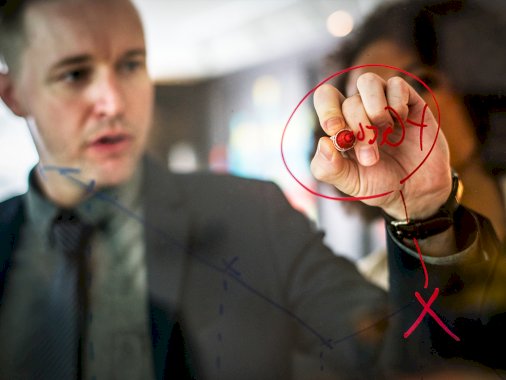Recent advancements in generative artificial intelligence (AI) have raised concerns about the proliferation of deepfakes – computer-generated clips that blur the line between reality and fiction. These deepfakes have the potential to not only deceive individuals but also pose significant threats to society as a whole. From targeting celebrities and politicians to ordinary people, the impact of malicious actors using deepfakes to spread misinformation and manipulate public opinion is far-reaching.
The issue of deepfakes is not limited to high-profile individuals like Taylor Swift or Donald Trump. In countries like South Korea and Spain, women have been victimized by deepfake pornography, sparking protests and legal actions against those responsible. The power of deepfakes to destroy reputations and incite social unrest is a growing concern in today’s digital age.
The rise of deepfakes has created a breeding ground for fake news and misinformation campaigns, with experts warning that they can be used to manipulate elections, influence stock prices, and erode trust in institutions. Organizations like the World Economic Forum and WITNESS are sounding the alarm on the dangers of deepfakes, highlighting the urgent need to address the misuse of AI for nefarious purposes.
In a world already grappling with geopolitical instability, the unchecked spread of deepfakes only adds to the chaos. With conflicts, economic crises, and political polarization on the rise, the threat of deepfakes exacerbating these problems is a cause for concern. However, there is hope on the horizon with the launch of a standards collaboration on AI and multimedia authenticity at the global AI for Good Summit.
The alliance, led by international standards organizations like IEC, ISO, and ITU, aims to tackle the misuse of AI for spreading misinformation and deepfakes. By bringing together stakeholders from tech giants like Adobe and Microsoft to research institutes and think tanks, the collaboration seeks to establish best practices for detecting and combating deepfakes. These standards are crucial for protecting the digital space and rebuilding trust in an era of widespread misinformation.
While the negative impacts of deepfakes are undeniable, not all fake media is inherently bad. The entertainment industry, for example, benefits from AI technologies to create realistic special effects and enhance storytelling. Likewise, in the news industry, virtual studios and computer-generated imagery play a crucial role in delivering information to the public. The key lies in distinguishing between harmless manipulation for creative purposes and malicious deepfakes intended to deceive.
The multistakeholder collaboration on AI and generative technologies is paving the way for global standards that will provide transparency and authenticity in multimedia content. Initiatives like JPEG Trust are already creating new standards for authenticating photos and videos, bolstering trust in media content. By establishing guidelines for detecting and verifying deepfakes, these standards aim to protect digital rights and ensure the accuracy of AI-generated content.
As we navigate the complex landscape of AI and generative technologies, the importance of standards cannot be overstated. By fostering dialogue among stakeholders and mapping out existing standards, the collaboration is creating a framework for addressing the challenges posed by deepfakes. These efforts are crucial for safeguarding the integrity of digital content and rebuilding trust in an era of widespread misinformation.
In conclusion, the fight against deepfakes requires a coordinated and multidisciplinary approach that leverages the expertise of diverse stakeholders. By setting global standards for AI and generative technologies, we can mitigate the risks posed by malicious actors and ensure the authenticity of multimedia content. The future of digital media depends on our ability to detect and combat deepfakes effectively, and these standards provide a roadmap for achieving that goal.


